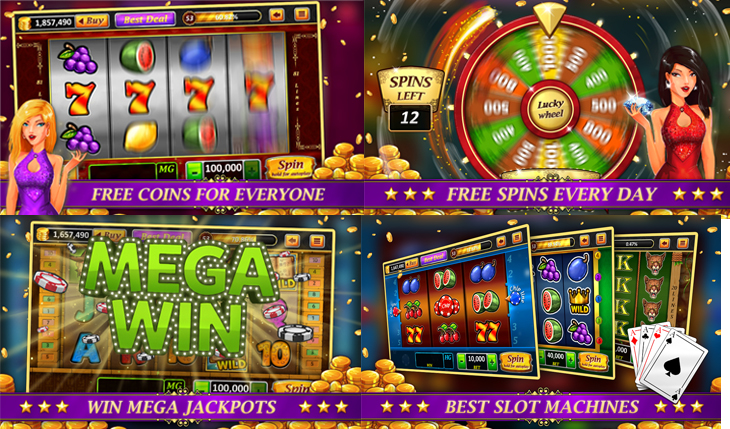In recent years, online gaming has evolved from a mere pastime into a complex digital ecosystem with its own economies, currencies, and marketplaces. From virtual items and skins to in-game currencies and real-world transactions, virtual economies in online games are creating new opportunities for both players and developers. In this article, we explore the concept of virtual economies in Hoki805 gaming, how they work, and the implications for the future of both gaming and the broader digital economy.
Understanding Virtual Economies in Gaming
A virtual economy in gaming refers to the system of trade, value, and currency that exists within a game. Players often engage in activities like trading items, purchasing cosmetics, or earning rewards that hold in-game value. However, these items and currencies can sometimes spill over into the real world through secondary markets, where players can buy, sell, or trade digital assets for real money.
The most famous example of this is the “skins” economy in games like Counter-Strike: Global Offensive and Fortnite, where players purchase cosmetic items that do not affect gameplay but have real-world monetary value. Similarly, titles like World of Warcraft and EVE Online feature in-game currencies and goods that can be exchanged between players, sometimes even leading to real-world financial opportunities.
In-Game Currencies: Digital Coins with Real Value
In-game currencies, such as V-Bucks in Fortnite, Gold in World of Warcraft, or Robux in Roblox, are often used to buy virtual items or services within a game. These currencies can be acquired either through in-game actions, such as completing quests or earning rewards, or through direct monetary purchases. The value of these currencies is dictated by supply and demand within the game’s ecosystem, as well as the desire of players to obtain certain high-value items.
What’s particularly fascinating is that these virtual currencies have gained traction outside the game itself. Through the creation of online marketplaces, players can exchange these digital currencies or items for real money. This has led to the emergence of a new class of digital entrepreneurs who specialize in trading and selling in-game goods for profit, blurring the lines between entertainment and business.
The Secondary Market: Digital Assets and Real-World Profit
The emergence of secondary markets for digital assets has created new economic dynamics. Virtual items, from rare skins to limited-edition game passes, can be sold to other players for real-world currency through online marketplaces or platforms like Steam’s Community Market. In some cases, this practice has become so lucrative that individuals and even organizations have turned it into a full-time job.
For example, in World of Warcraft, players may spend hours farming valuable resources, such as rare items or in-game currency, to sell to other players who are either too busy to farm or are willing to pay a premium for these assets. Similarly, in games like EVE Online, which features a player-driven economy, large-scale corporations have emerged within the game that manage in-game resources, engage in trade, and even conduct massive wars over economic control—all while maintaining real-world revenue streams.
This shift towards a secondary market has led to the rise of digital entrepreneurship. Players can now monetize their in-game activities, whether it’s by selling rare items, offering services like leveling or boosting, or even designing their own virtual goods to sell. For some, this has transformed gaming from a recreational activity to a viable career path.
The Role of Blockchain and NFTs in Virtual Economies
One of the most exciting developments in virtual economies is the introduction of blockchain technology and Non-Fungible Tokens (NFTs). These technologies have the potential to revolutionize the way in-game assets are bought, sold, and traded by providing verifiable ownership and the possibility of inter-game interoperability.
NFTs, unique digital assets stored on the blockchain, allow players to truly own the items they acquire in-game. This means that, rather than relying on centralized servers to control ownership, players can trade and sell their NFTs across different games and platforms, creating an interconnected, decentralized virtual economy. This can lead to the creation of “play-to-earn” models, where players earn valuable digital assets by participating in games, which they can then sell or trade in real-world markets.
